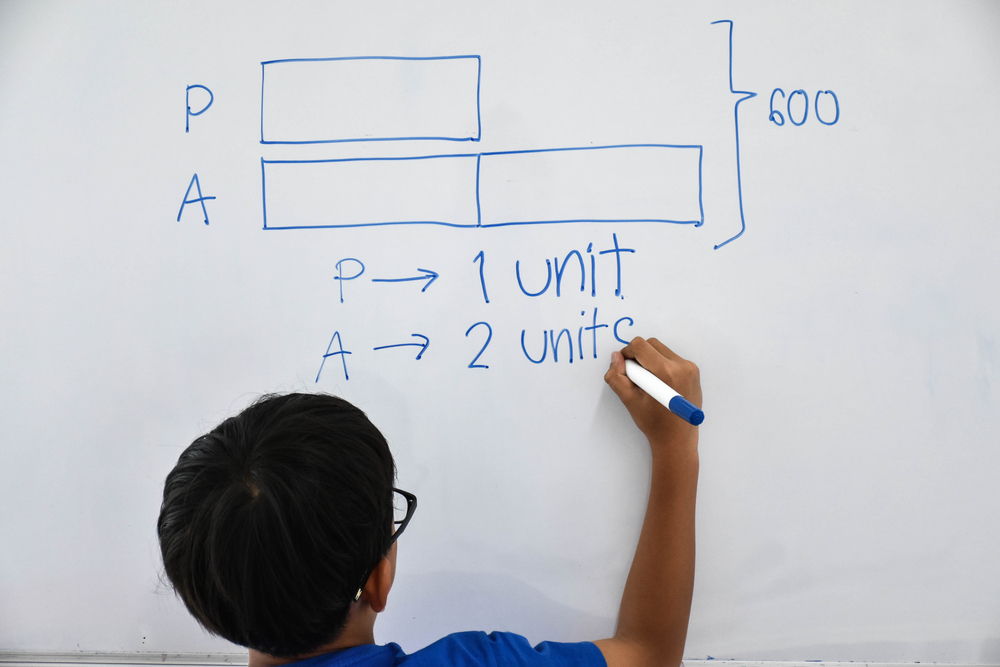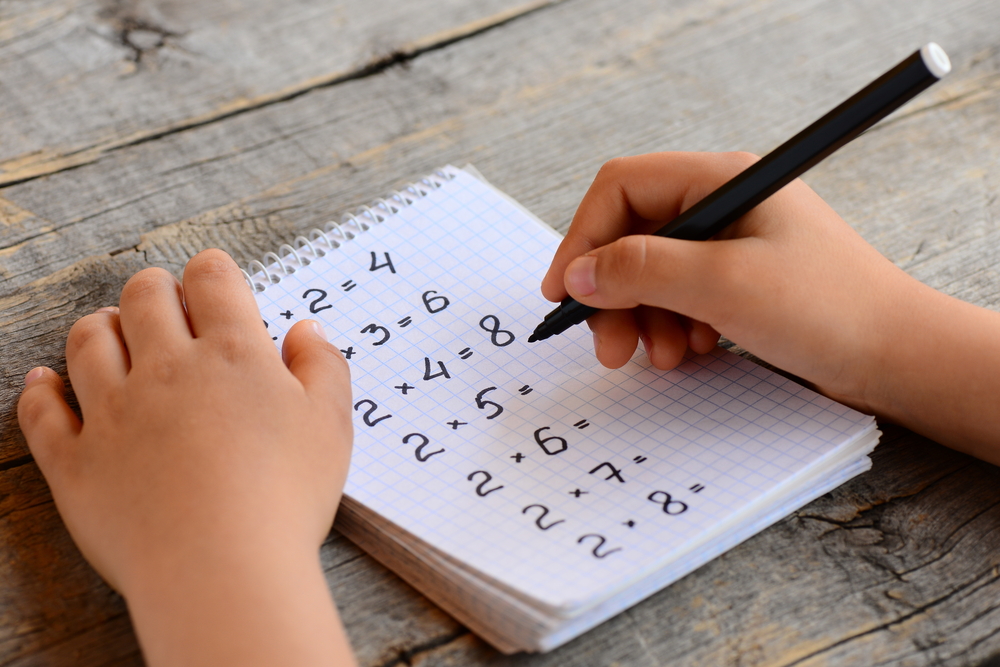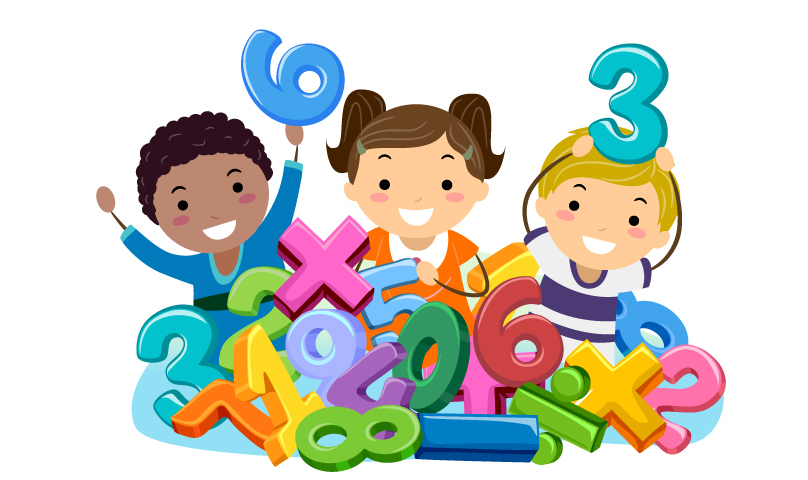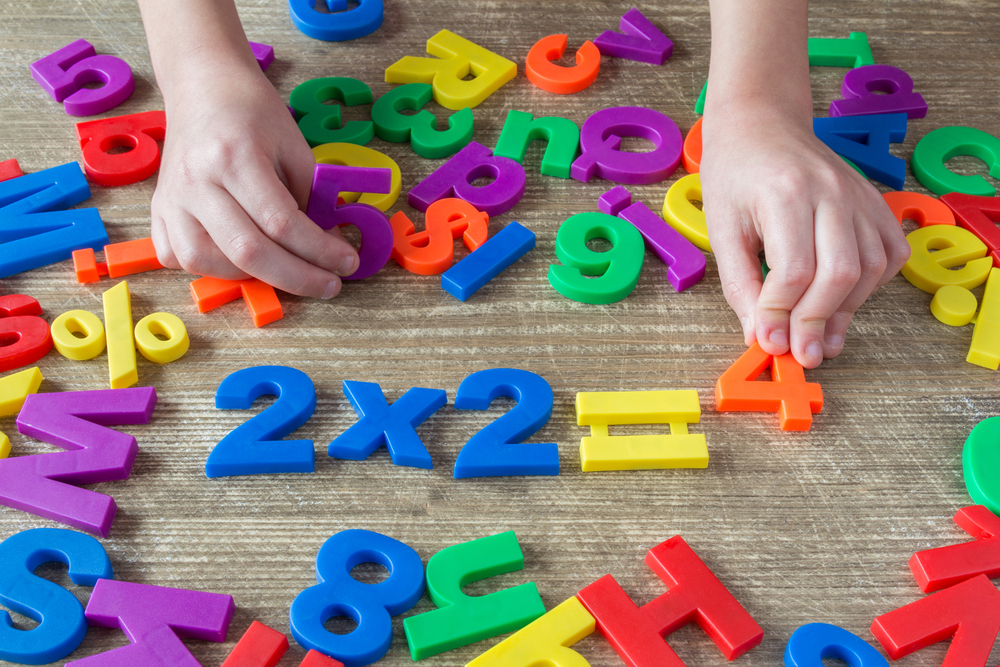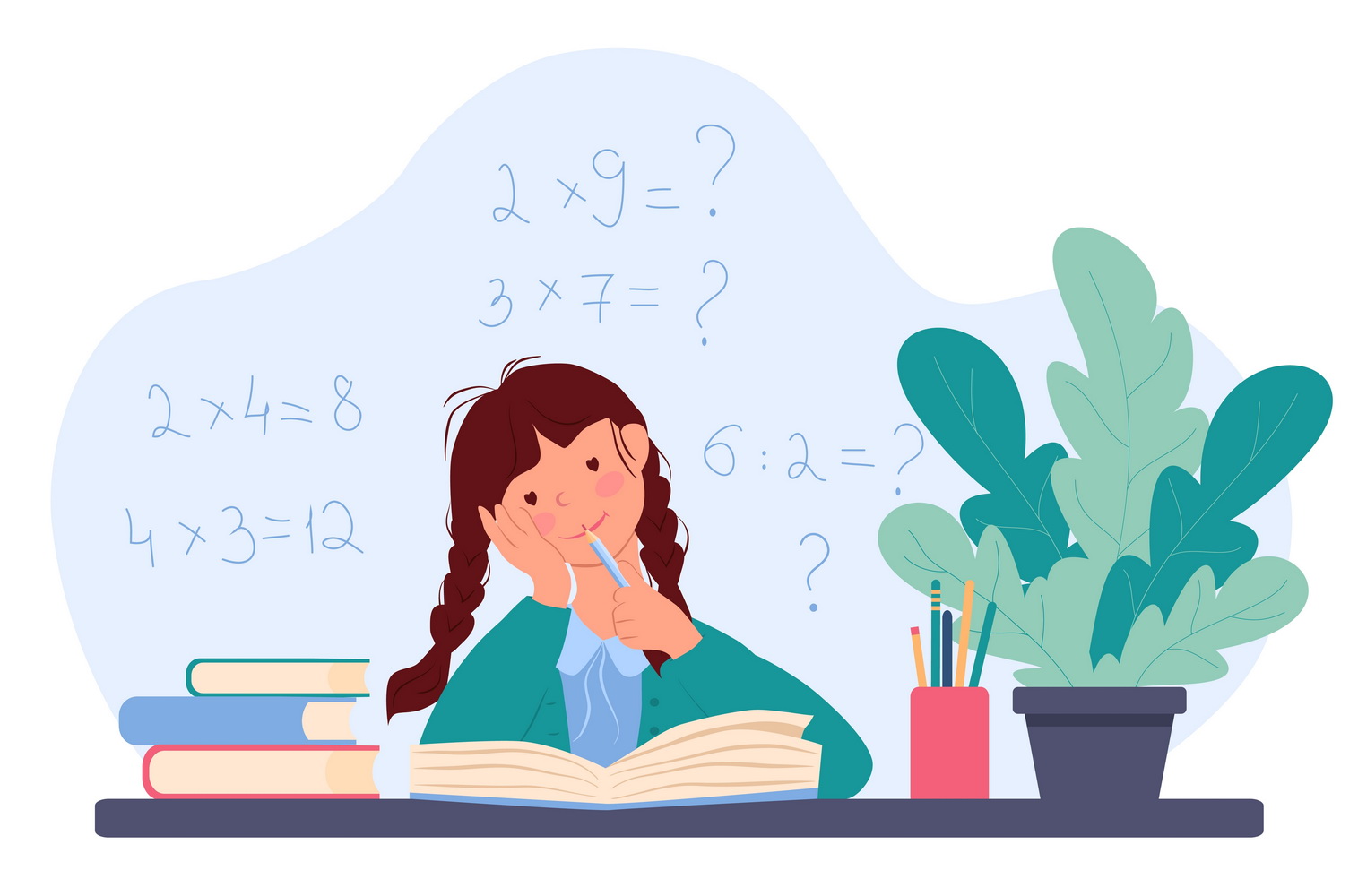Multiplication practice Arrays Worksheets for Ages 7-9
4 filtered results
-
From - To
Boost multiplication skills with our engaging Arrays Worksheets for ages 7-9. These printable activities help children visualize and understand multiplication through fun and interactive array exercises. Tailored to match their learning pace, these worksheets reinforce key math concepts and enhance problem-solving abilities. With a variety of challenges, kids can practice multiplying numbers within grids, ensuring they grasp the fundamentals. Parents and teachers love these user-friendly sheets for their structured approach and clear instructions. Ideal for classroom use or at-home learning, our Multiplication Arrays Worksheets make mastering multiplication enjoyable and effective. Download and start multiplying today!
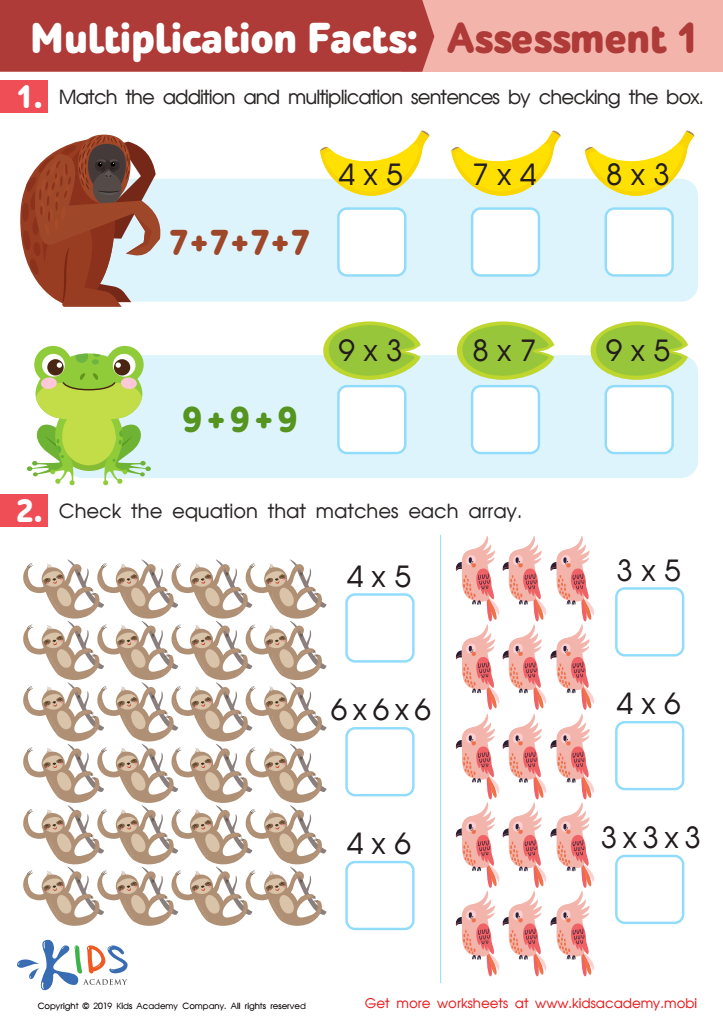

Multiplication Facts: Assessment 1 Worksheet


Arrays and Equations Worksheet
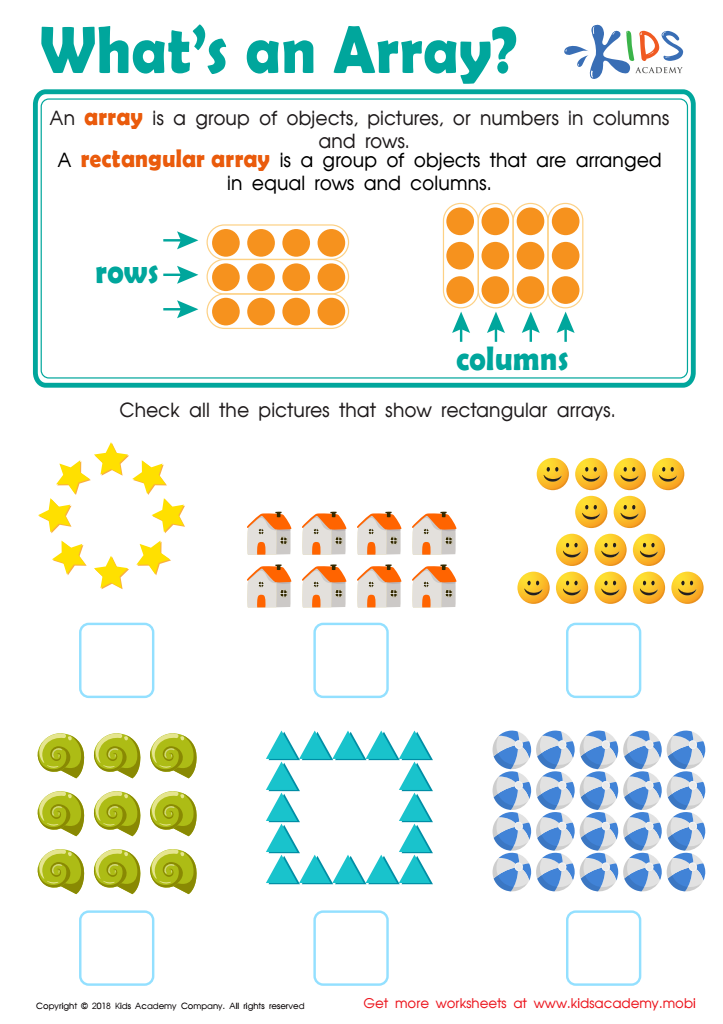

What's an Array? Worksheet
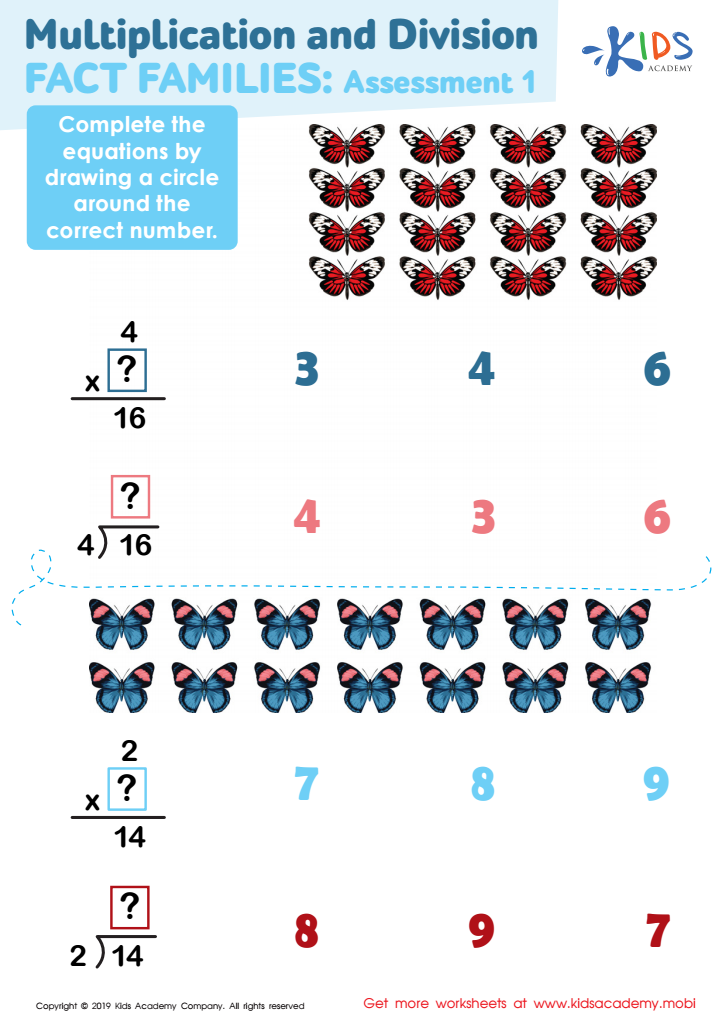

Multiplication and Division Fact Families Assessment 1 Worksheet
Multiplication practice using arrays is crucial for children aged 7-9 as it offers a visual and tangible way to understand mathematical concepts. Arrays organize numbers into rows and columns, making the abstract concept of multiplication more concrete. For instance, a child can see that 3 rows of 4 objects each equal 12 objects in total.
This hands-on method helps students grasp the commutative property of multiplication, realizing that 4 x 3 equals 12 just as 3 x 4 does. It also builds foundational skills necessary for more advanced math topics like division, fractions, and algebra. Visual learning through arrays can enhance number sense and memory retention, as patterns and repetitions become evident.
Moreover, using arrays satisfies diverse learning styles. Children who struggle with traditional numerical methods may find visual representations more engaging and easier to understand. This practice can foster a positive attitude towards math, develop critical-thinking skills, and increase confidence through interactive and enjoyable activities.
For parents and teachers, integrating multiplication arrays into lessons can offer insight into a child’s understanding and areas needing reinforcement. It allows educators to address misconceptions early and provide targeted support, ensuring a solid mathematical foundation for future academic success.
 Assign to My Students
Assign to My Students




